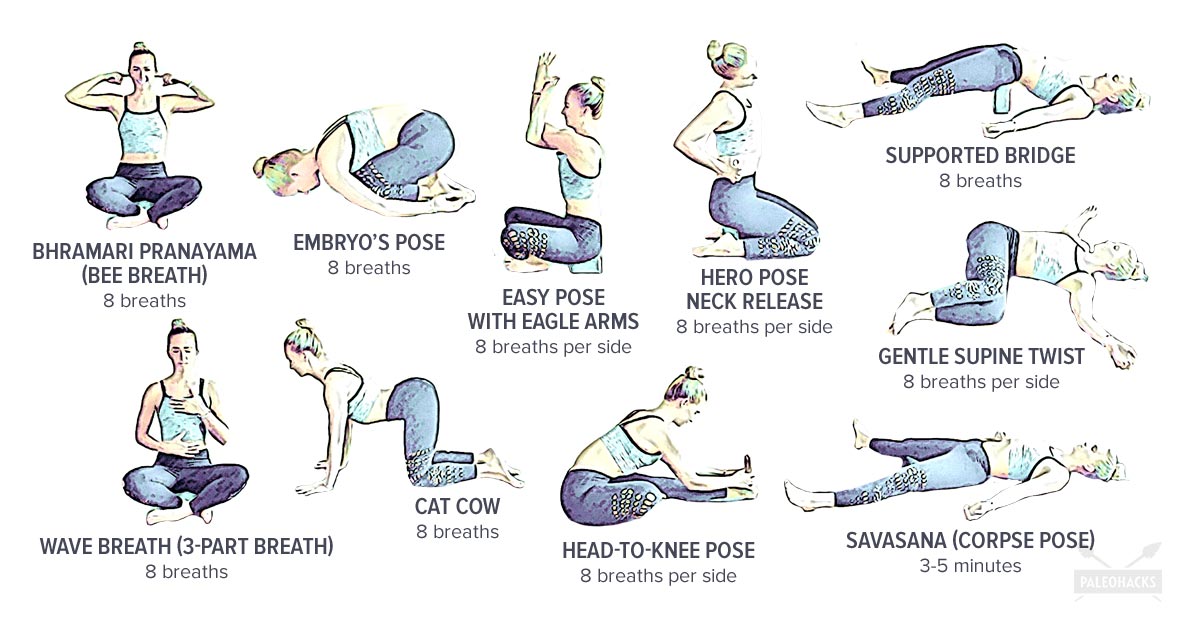

Shiu-mei brought her niece lunch and helped her with homework. It all suddenly came together.”Īt the same time that Yang was exploring this new relationship with yoga, she also developed a bond with her Aunt Shiu-mei, who worked in a lab at Columbia. “The actual physical space of my heart, then taking a breath as I expanded the heart and connecting that thought, physical space, and breath. “It was the heart expansion,” says Yang, who’s now E-RYT 500 and C-IAYT certified, and who co-authored the book Adaptive Yoga last year. A knowing spread throughout her, that she didn’t have to be anywhere or accomplish anything, that she could simply breathe. She turned her head to bring her gaze to the ceiling, breathed into the posture, and felt an unfamiliar lightness. She tried a few yoga classes at a friend’s recommendation, but struggled to connect to the practice.Īnd then, it happened: One day in class, Yang moved into Trikonasana (Triangle Pose). She learned to play the role others expected of her as an Asian-American girl, to be “good” and “quiet”-but as a result, an internal disconnect grew: Intellectually, Yang understood her value as a motivated, high-achieving young woman, but she struggled to embody much beyond that emotionally.Īt 18 years old, she found herself an anxious, type-A freshman at Barnard College of Columbia University in New York City. “Surviving means having job security, and a title so that you’re indispensable enough to not be marginalized,” Yang says.įeelings were neither tolerated nor nurtured in her home, so Yang buried hers.

As immigrants, they had to adjust their priorities, Yang says, replacing sentiment with success in order to survive-a way of life they instilled in Yang and her older brother as well. Heart uncenteredĪfter emigrating from Taiwan in the 1970s, Yang’s parents-Christine, an attorney, and James, a physician-settled in Newport Beach, California. But when dealing with a virus that steals breath from those it infects, where the dominant prescription has been isolation, breathing together creates a life-changing connection for Yang and her patients.

She gestures continuously as she speaks, leading Vernon through a pranayama-based protocol she developed that’s so simple it could easily be dismissed. A trained Reiki healer, she’s a master of shifting energy-almost visibly sculpting it at all times, knowingly or not. There’s a musicality to Yang’s presence, from her bell-clear voice and cadence of speech to the rhythmic way she moves through the world. Exhale through pursed lips-try to depress, use the contraction of the diaphragm-that’s nice.” “We’re going to inhale through the nose, three, two, one,” she says, drawing her hands slowly upward as together she and Vernon expand chest and belly. Her hands gracefully carve the space between her and Vernon, gesturing as she conducts a symphony of yoga therapy. Knee to knee with Vernon sits hospitalist-physician Ingrid Yang, MD. His eyes are closed, his maskless face relaxed, hospital sock–adorned feet planted evenly on the ground as he sits in front of the window, the treble clef fountain at his back. Tubes in his nostrils meet in a V under his chin where they flow to the oxygen tank sitting at his side. This last instrument belongs to Vernon, a man in his 60s who was diagnosed with COVID-19 two weeks prior.

Here, in the COVID unit of Sharp Memorial Hospital, mechanical whirring replaces the string section, pumping medical devices sub for the woodwinds, and a sharp, irregular intake of crackling breath establishes the bass rhythm. Inside, an orchestral performance of a different sort unfolds. On one of San Diego’s classic unseasonably warm April mornings, the air catches and carries the dancing water droplets to the ground. A large treble clef sculpture centers a modest fountain in the courtyard outside. It doesn’t open, but it stretches nearly the entire length of the wall, from built-in bench to ceiling, inviting light into the otherwise stark space. There’s only one window in the hospital room. This article was originally published in Yoga Journal.


 0 kommentar(er)
0 kommentar(er)
